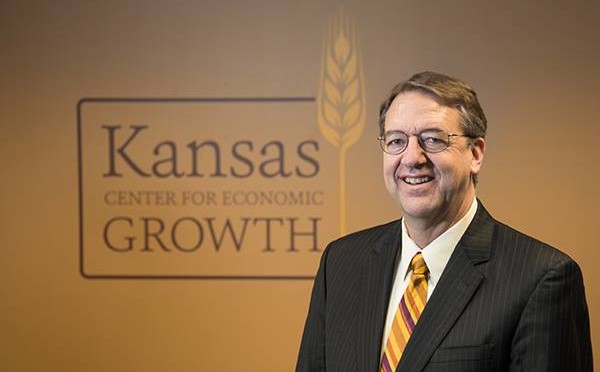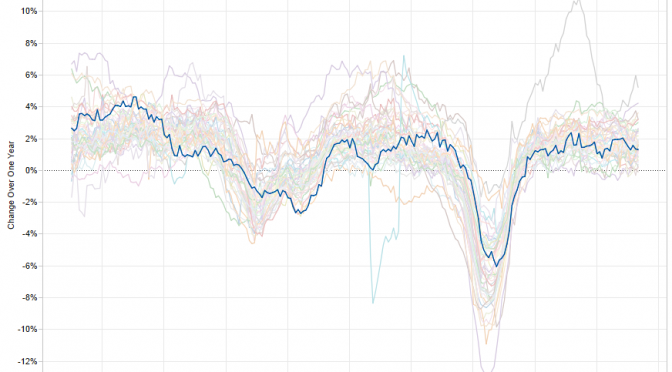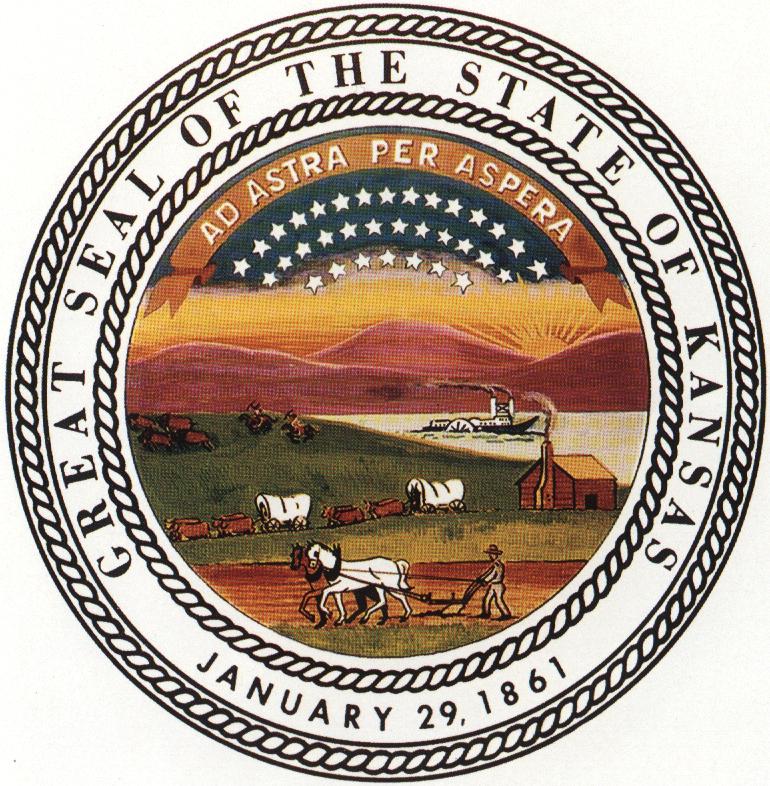Tag: Mark Parkinson
-

Under Goossen, Left’s favorite expert, Kansas was admonished by Securities and Exchange Commission
The State of Kansas was ordered to take remedial action to correct material omissions in the state’s financial statements prepared under the leadership of Duane Goossen.
-
Kansas school spending and achievement
From Dr. Walt Chappell, a discussion of Kansas school spending. Chappell served on the Kansas State Board of Education from 2009 to 2012.
-

Beechcraft incentives a teachable moment for Wichita
The case of Beechcraft and economic development incentives holds several lessons as Wichita considers a new tax with a portion devoted to incentives.
-

SEC orders Kansas to stop doing what it did under Sebelius and Parkinson
The Securities and Exchange Commission found that Kansas mislead bond investors. It ordered the state to implement reforms, which it has.
-

Women for Kansas voting guide should be read with caution
If voters are relying on a voter guide from Women for Kansas, they should consider the actual history of Kansas taxation and spending before voting.
-

Job growth in the states and Kansas
Let’s ask critics of current Kansas economic policy if they’re satisfied with the Kansas of recent decades.
-

Two versions of the Kansas income tax cuts
There are two versions of the Kansas income tax cuts: The Media version and the reality, writes Steve Anderson of Kansas Policy Institute.
-
Shortchanging Kansas schoolchildren, indeed
This month the New York Times published an editorial that advocates for more spending on Kansas public schools. While getting some facts wrong, the piece also overlooks the ways that Kansas schoolchildren are truly being shortchanged.
-
Kansas school employment trends are not what you’d expect
Kansas school employment statistics don’t reflect the doom-and-gloom stories you may have heard from Kansas political leaders and newspaper editorialists.